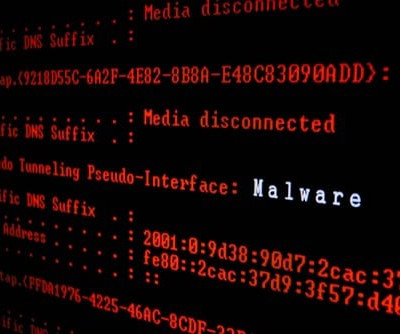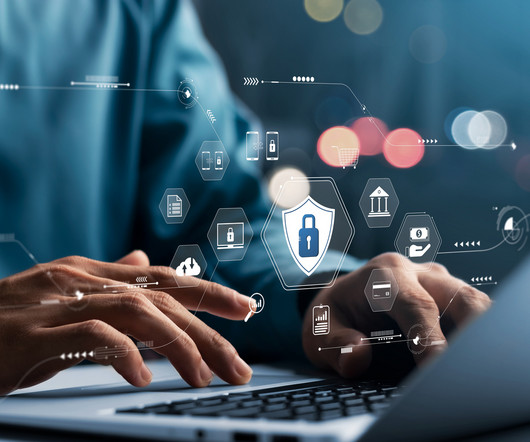Technology Short Take 176
Scott Lowe
MARCH 15, 2024
Networking Lee Briggs (formerly of Pulumi, now with Tailscale) shows how to use the Tailscale Operator to create “free” Kubernetes load balancers (“free” as in no additional charge above and beyond what it would normally cost to operate a Kubernetes cluster). Ivan Pepelnjak dives deep on DHCP relaying on a Linux host.






















Let's personalize your content